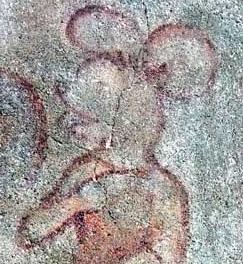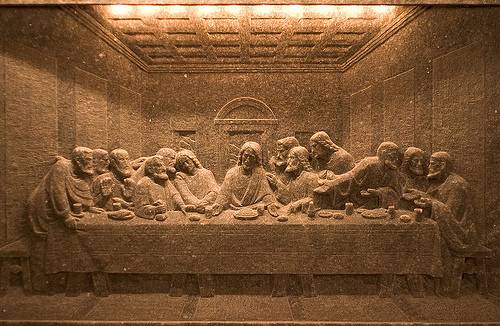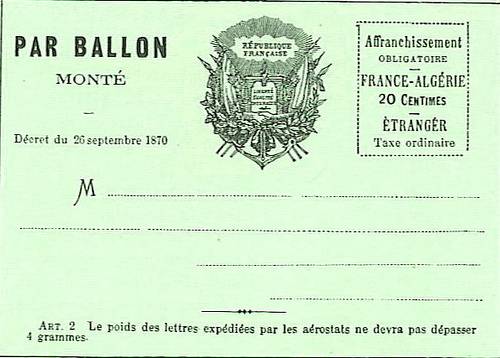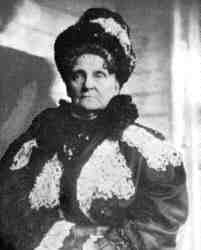
Finders keepers.
These amber panels, backed with gold leaf and mirrors, once dressed an entire chamber in the Catherine Palace near Saint Petersburg. More than a decade in the making, they covered 55 square meters and contained more than six metric tons of amber. Some called them the eighth wonder of the world.
The Nazis took them during World War II, but after that they disappeared. Postwar rumors have put them in bunkers, in mines, in submarines, in lagoons. One stone mosaic turned up in 1997 in West Germany, and its fellows were found in Königsberg Castle, where the Nazis had secreted them. But the rest of the “Amber Room” has simply disappeared — lost in a fire, still hidden, or safe in the hands of a lucky, and quiet, treasure hunter.






